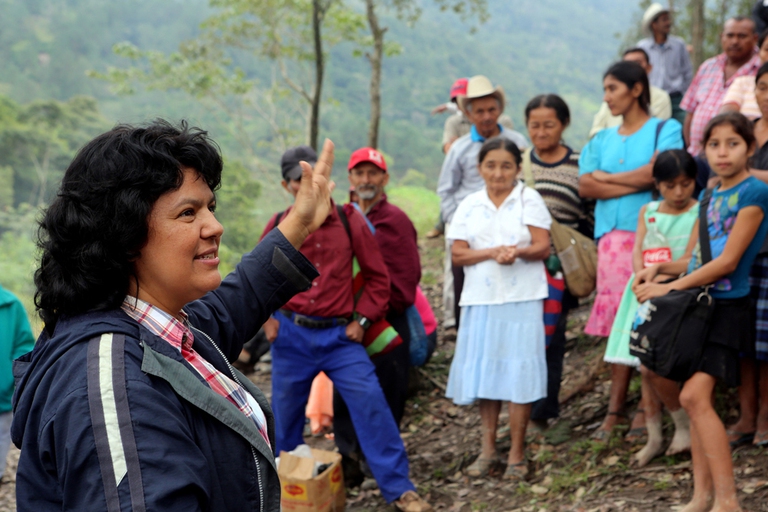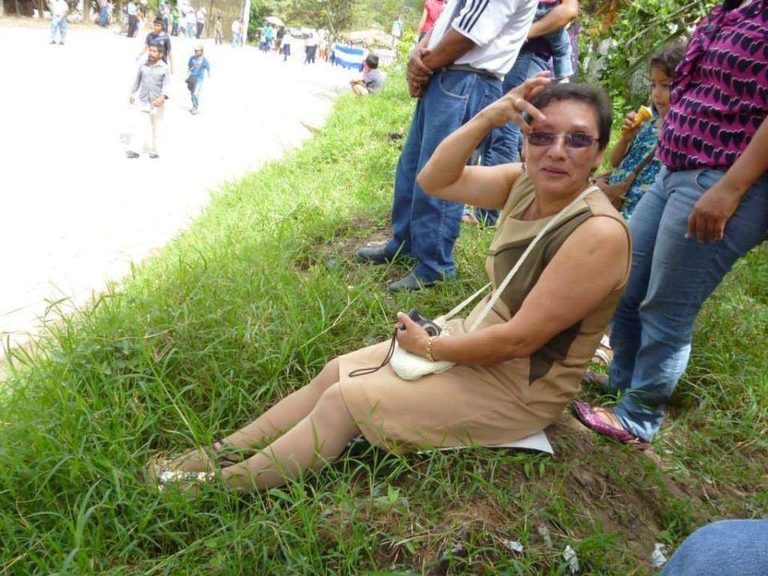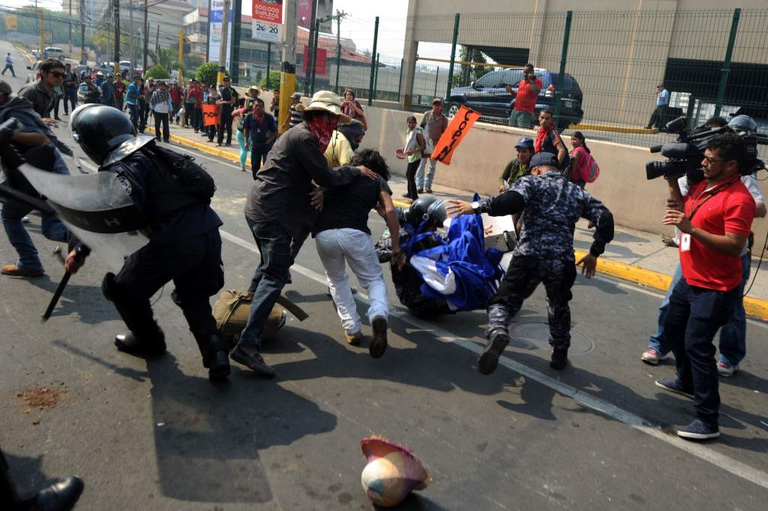
Three people putting the protection of the planet before themselves. Three powerful stories from Latin America, the deadliest region for environmental activists.
Lesbia Janeth Urquía era un membro del Consiglio delle organizzazioni popolari e indigene dell’Honduras (Copinh), di cui faceva parte Berta Cáceres, e lottava contro la costruzione di una diga.
It all started with the murder of Berta Cáceres, environmental activist and leader of the mobilisation of an indigenous community aimed at halting the construction of a dam on the Chinacla River. Since then, violence against the members of the Civic Council of Popular and Indigenous Organizations of Honduras (COPINH) and activists who fight to protect the ancestral lands from deforestation and exploitation has surged.
The body of Lesbia Janeth Urquía, 49, has been found in a landfill of the municipality of Marcala, 160km west of Tegucigalpa, on the 7th of July. The woman had been kidnapped on the 5th of July and would have been killed due to a severe head injury. Urquía, mother of three, was a member of COPINH, the organisation founded by Berta Cáceres that fights against the construction of a dam in western Honduras, which realisation would flood most of Lenca indigenous people’s lands.
“We hold the Honduran government responsible. The death of Lesbia Yaneth is a political femicide that tries to silence the voices of women with courage and the bravery to defend their rights,” COPINH wrote. After Berta Cáceres’ murder, the organisation denounced oppression and threats perpetrated by authorities.
According to NGO Global Witness, Honduras is the most dangerous country for environmentalists. More than 100 activists have been killed from 2010 to 2015. Shortly after Caceres’ murder, COPINH member Nelson García, 38, has been killed by authorities during a clearing out. The fight of Berta, Lesbia and other environmental activists all over the world should be our fight because, as Berta Caceres said, “we have no other spare or replacement planet. We have only this one, and we have to take action.”
Siamo anche su WhatsApp. Segui il canale ufficiale LifeGate per restare aggiornata, aggiornato sulle ultime notizie e sulle nostre attività.
![]()
Quest'opera è distribuita con Licenza Creative Commons Attribuzione - Non commerciale - Non opere derivate 4.0 Internazionale.
Three people putting the protection of the planet before themselves. Three powerful stories from Latin America, the deadliest region for environmental activists.
The Amazon became an alternative classroom during the pandemic. Now, the educational forest in Batraja, Bolivia, lives on to teach children and adults the value of nature.
Influential scientist, activist and author Vandana Shiva fights to protect biological and cultural diversity, and against GMOs.
Kimiko Hirata has blocked 13 new coal plants in Japan, but she hasn’t done it alone. The 2021 Goldman Prize winner tells us about her movement.
The Goldman Environmental Prize, the “green Nobel Prize”, is awarded annually to extraordinary activists fighting for the well-being of the planet.
We talk to Shaama Sandooyea, activist and marine biologist from Mauritius onboard Greenpeace’s Arctic Sunrise ship in the heart of the Indian Ocean.
Our species took its first steps in a world covered in trees. Today, forests offer us sustenance, shelter, and clean the air that we breathe.
Arrested for supporting farmers. The alarming detention of Disha Ravi, a 22-year-old Indian activist at the fore of the Fridays for Future movement.
Water defender Eugene Simonov’s mission is to protect rivers and their biodiversity along the borders of Russia, China and Mongolia.










